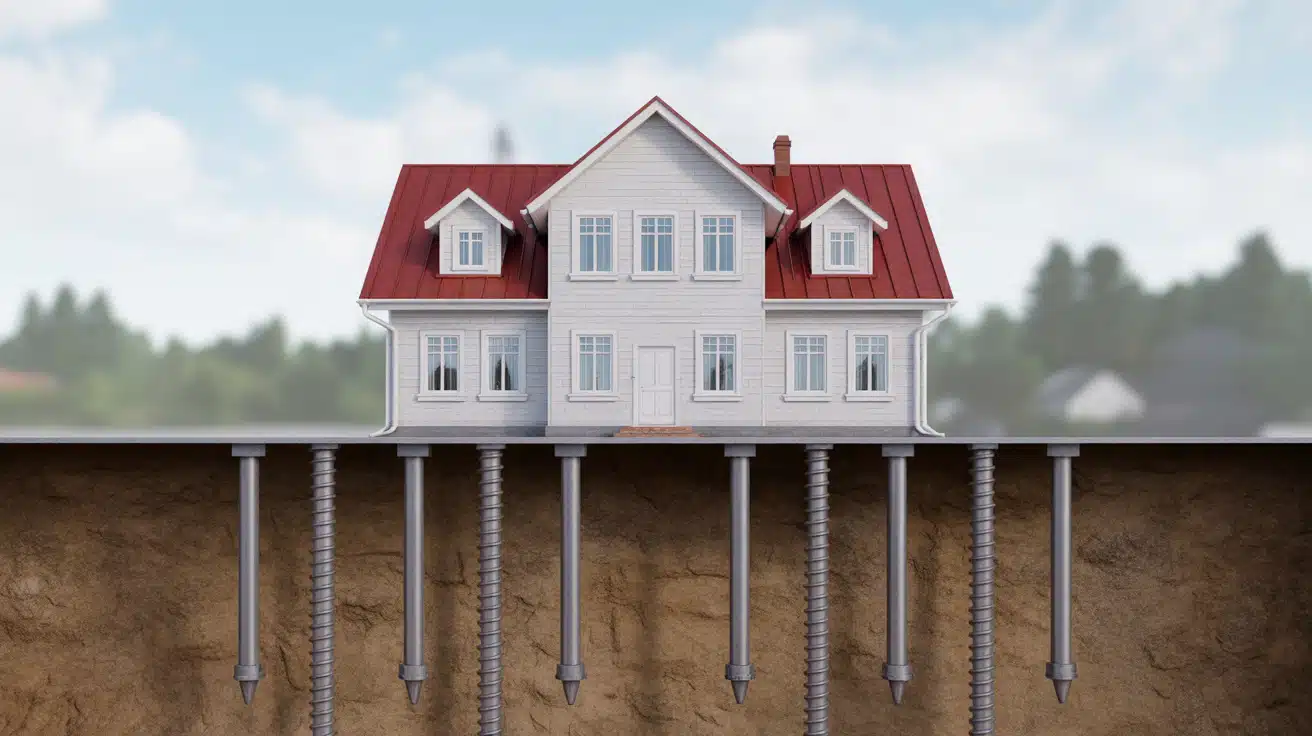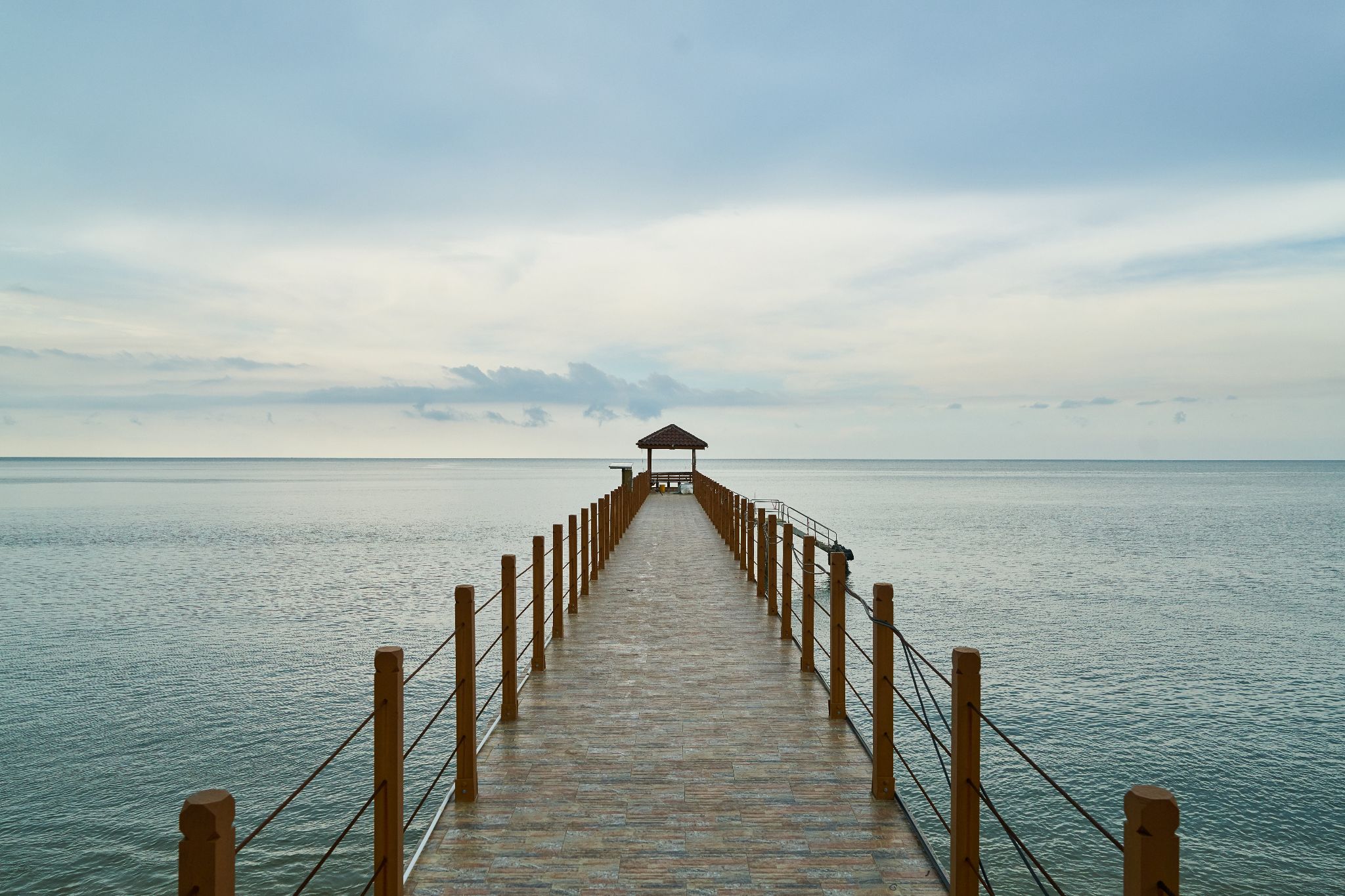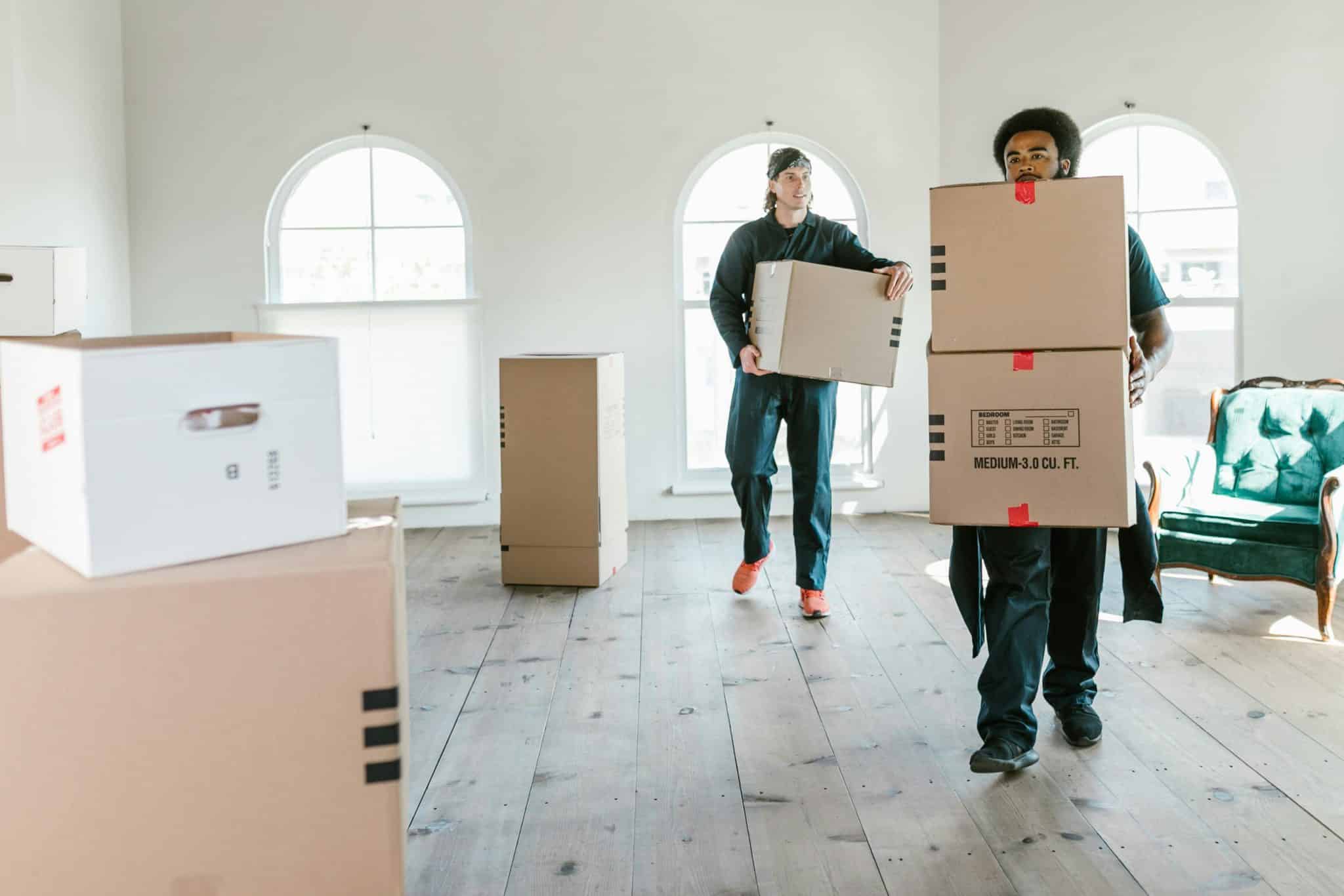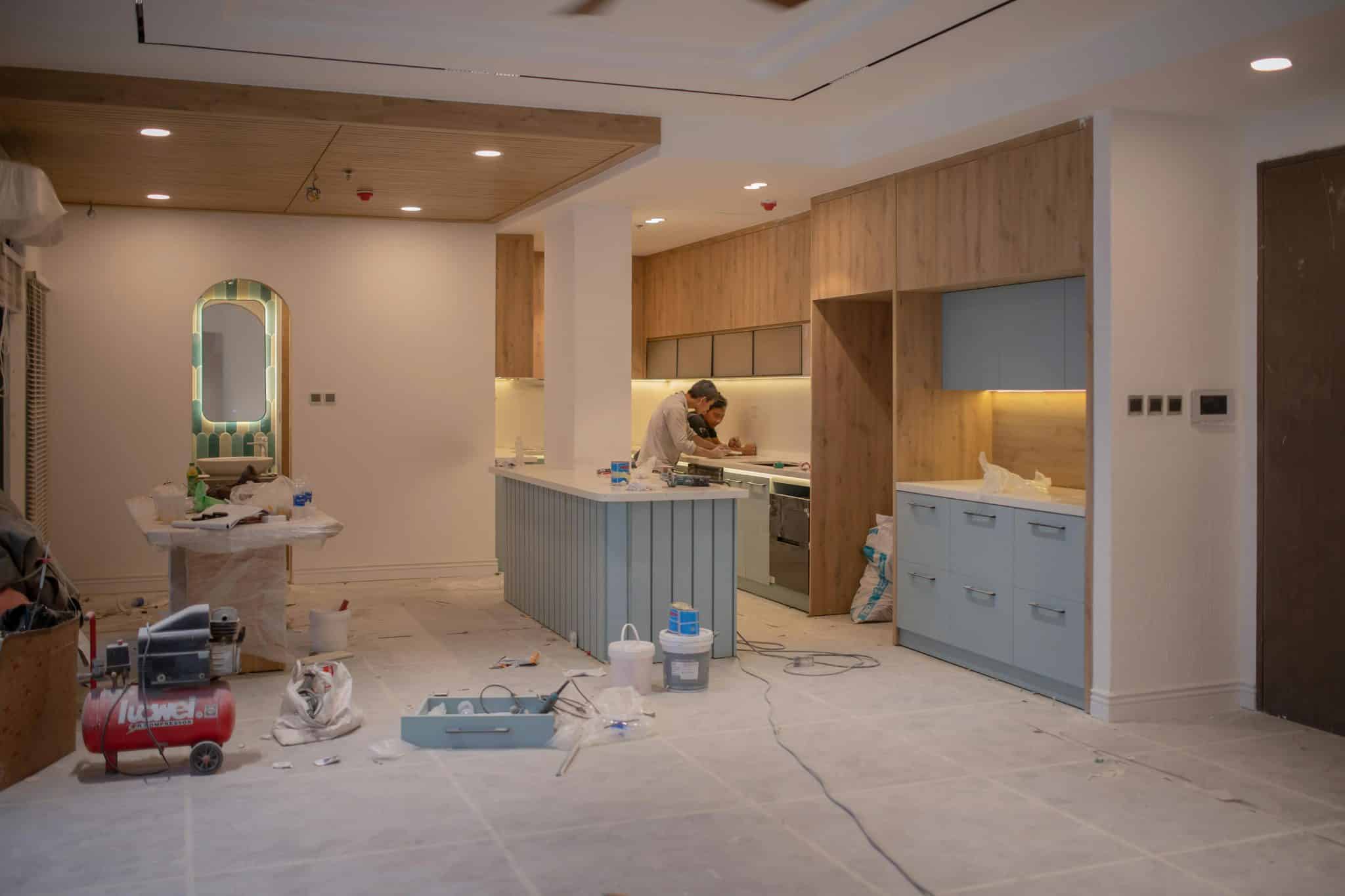Does your foundation show cracks, sagging floors, or sticking doors? You’re not alone.
Thousands of homeowners encounter foundation problems annually due to weak soil, settlement, and ground movement.
Traditional concrete repairs often fail because they don’t address the root cause – unstable soil beneath your home.
Here’s the good news: Helical piers offer a permanent solution that works. These steel foundation supports reach deep into stable soil layers, providing the solid base your home needs.
In this guide, you’ll learn precisely how helical piers work, when you need them, and why they outperform other foundation repair methods.
We’ll cover installation costs, timeline expectations, and help you choose the right contractor for your project.
What Are Helical Piers and How Do They Work?
Helical piers are steel foundation supports that look like giant screws driven into the ground.
Also called screw piles or helical anchors, these systems feature a central steel shaft with spiral-shaped metal plates that twist deep into stable soil layers.
The helical plates act like threads on a screw, grabbing onto solid ground beneath your home’s foundation.
During installation, hydraulic equipment rotates the pier clockwise until it reaches load-bearing soil, then steel brackets connect the pier to your existing foundation. This transfers your home’s weight from weak surface soil to strong, deep earth layers.
Helical piers are suitable for residential homes, commercial buildings, new construction projects, and foundation repair jobs because they can adapt to various soil conditions and provide immediate structural support.
Signs Your Foundation Needs Helical Piers
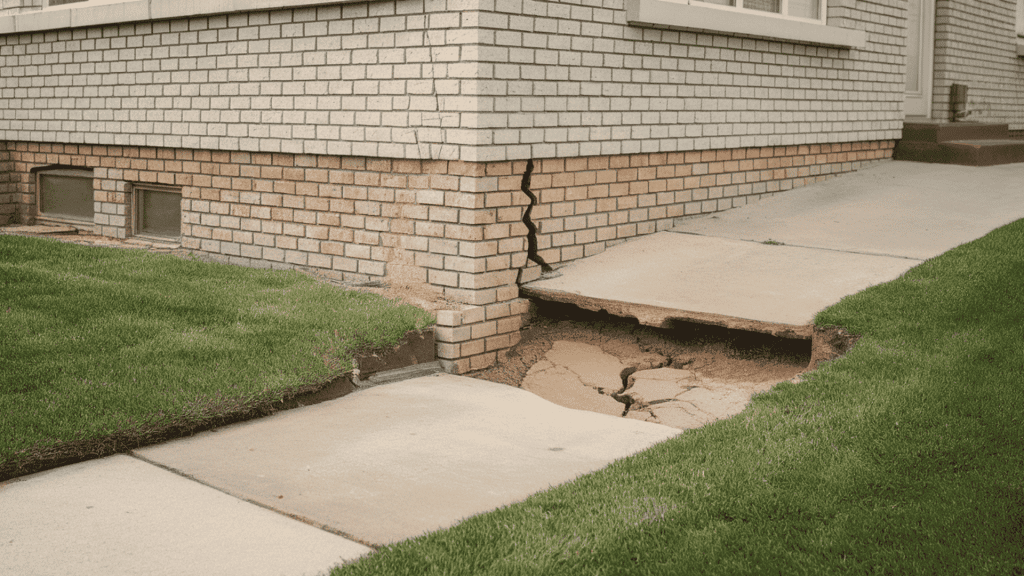
Common Foundation Problem Symptoms:
- Cracks in walls or floors – Zigzag cracks in drywall, tile, or concrete indicate foundation movement.
- Sticking doors and windows – Frames become misaligned when foundations shift or settle.
- Uneven or sagging floors – Floors that slope, bounce, or feel soft underfoot signal foundation issues.
- Gaps around windows and doors – Spaces between frames and walls show structural movement.
- Basement or crawl space moisture – Water intrusion often follows foundation cracks and settling.
When Helical Piers Are Recommended:
- Foundation settling – When your home sinks unevenly due to weak or compressible soil beneath.
- Lateral foundation shifting – Horizontal movement caused by soil expansion, erosion, or poor drainage.
- Weak soil conditions – Clay, sand, or fill dirt that cannot support your foundation’s weight long-term.
- Soil expansion and contraction – Ground that swells when wet and shrinks when dry, creating constant foundation stress.
- New construction on poor soil – Building sites with known soil problems that need deep foundation support from the start.
Pros and Cons of Helical Piers Foundation
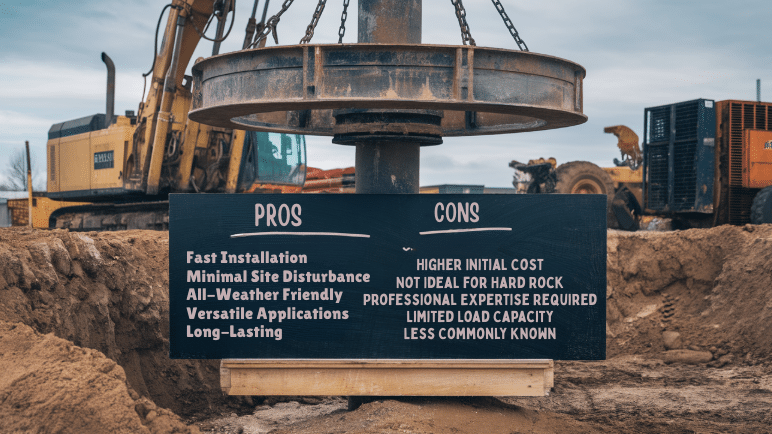
Helical piers offer a fast, durable, and low-maintenance foundation solution, but like any method, they come with both advantages and limitations depending on soil conditions, cost, and project needs.
| Pros | Cons |
|---|---|
| Fast Installation: No curing time, saving days compared to concrete foundations. | Higher Initial Cost: Can be more expensive per unit than traditional footings. |
| Minimal Site Disturbance: Requires less excavation and causes less mess. | Not Ideal for Hard Rock: Installation can be challenging in rocky or extremely dense soil. |
| All-Weather Friendly: Suitable for installation in wet or cold conditions. | Professional Expertise Required: Needs specialized equipment and skilled contractors. |
| Versatile Applications: Works for residential, commercial, decks, and light structures. | Limited Load Capacity: May require additional piers for structures with cumbersome loads. |
| Long-Lasting and Low Maintenance: Provides reliable, long-term stability. | Less Commonly Known: Some homeowners are unfamiliar with this solution. |
The Helical Pier Installation Process
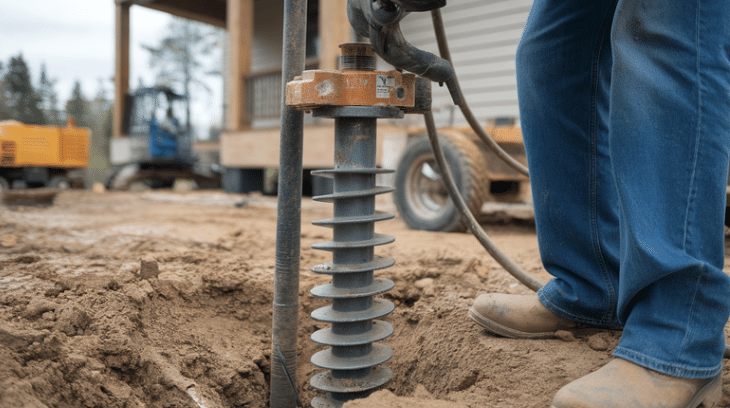
Installing helical piers follows a precise sequence that minimizes disruption while maximizing the foundation’s stability.
Professional contractors complete this process efficiently, often finishing residential projects within days rather than weeks. Here’s precisely what happens during a typical helical pier installation.
1. Site Assessment and Preparation
Professional engineers evaluate your foundation and test soil conditions to determine pier depth requirements.
The team marks utility lines, clears work areas, and positions hydraulic equipment around your foundation. Minimal excavation is typically required – usually just small access holes near the foundation walls.
2. Installing Helical Piers with Hydraulic Machinery
Hydraulic torque motors twist the steel piers clockwise into the ground like giant screws.
Workers monitor torque readings to ensure that piers reach stable soil layers that can support the weight of your home. Each pier advances steadily downward until it achieves the required load-bearing capacity.
3. Attaching to the Foundation
Steel brackets connect the installed piers directly to your existing foundation walls or footings. Workers use hydraulic jacks to carefully lift settled areas back to their proper levels if needed.
Bolts and hardware secure the bracket connections, creating a permanent link between the pier and the foundation.
4. Transferring Structural Load to Stable Soil Layers
The pier system now carries your home’s weight through weak surface soil down to solid earth.
Load transfer occurs immediately; there is no need to wait for the concrete to cure or the materials to set. Your foundation gains instant stability and protection against future settling or movement.
5. Typical Timeline and What Homeowners Expect
Most residential helical pier installations are completed in 1-3 days, depending on the number of piers needed.
Homeowners can stay in their homes during installation, as work is conducted outside with minimal disruption to the indoor environment.
The process creates some noise from hydraulic equipment but produces far less mess than traditional foundation repair methods.
Applications of Helical Piers
- Residential Buildings (Sinking Foundation Repair, New Homes): Helical piers stabilize settled home foundations and provide deep support for new construction on weak or problematic soil conditions.
- Commercial Projects: Large buildings, warehouses, and office structures use helical piers for reliable foundation support when traditional concrete footings aren’t feasible.
- Decks, Patios, and Other Light Structures: Outdoor living spaces, pergolas, and accessory buildings gain stable support without extensive concrete work or deep excavation.
- Retaining Walls and Solar Panel Supports: Earth retention systems and solar installations rely on helical piers for secure anchoring in various soil types and weather conditions.
Cost of Helical Pier Installation
| Aspect | Cost/Details |
|---|---|
| Average Cost (USA) | $1,500 – $3,000 per pier |
| Typical Project Cost | $10,000 – $25,000+ for 6–8 piers |
| Key Price Factors | Soil condition, depth, and load requirements |
| Maintenance | Minimal to none for decades |
| Long-Term Savings | Durable and low-maintenance, reducing future repair costs |
Conclusion
Helical piers offer a reliable, long-term solution for foundation problems that traditional methods cannot match.
These steel support systems offer fast installation, immediate load-bearing capacity, and are compatible with all soil and weather conditions.
From residential foundation repair to commercial construction projects, helical piers deliver the stability your structure needs.
Don’t wait for foundation problems to worsen. Cracks, settling, and structural movement only get more expensive to fix over time.
Contact a certified foundation specialist today for a professional assessment. With proper installation, helical piers will protect your investment and give you peace of mind for decades to come.
Your foundation’s stability starts with the right solution, and helical piers deliver results.
Ready for a refresh? Explore more home improvement ideas to upgrade your space.
Frequently Asked Questions
What Are the Disadvantages of Helical Piers?
Higher upfront costs compared to basic concrete footings, difficulty installing in rocky soils, and the need for specialized equipment and professional installation.
How Much Do Helical Piers Cost for a Foundation?
Residential helical piers typically cost $1,400 to $2,100 per pier installed, with total foundation projects ranging from $10,000 to $40,000, depending on the home’s size and soil conditions.
Are Helical Piers Worth It?
Yes, helical piers provide long-term value through permanent foundation stability, minimal maintenance requirements, and protection against future settling that saves costly repairs.
What Is a Helical Pier Foundation?
A helical pier foundation utilizes steel shafts with spiral plates that screw deeply into stable soil to support structures, transferring building weight from weak surface soil to solid ground.

